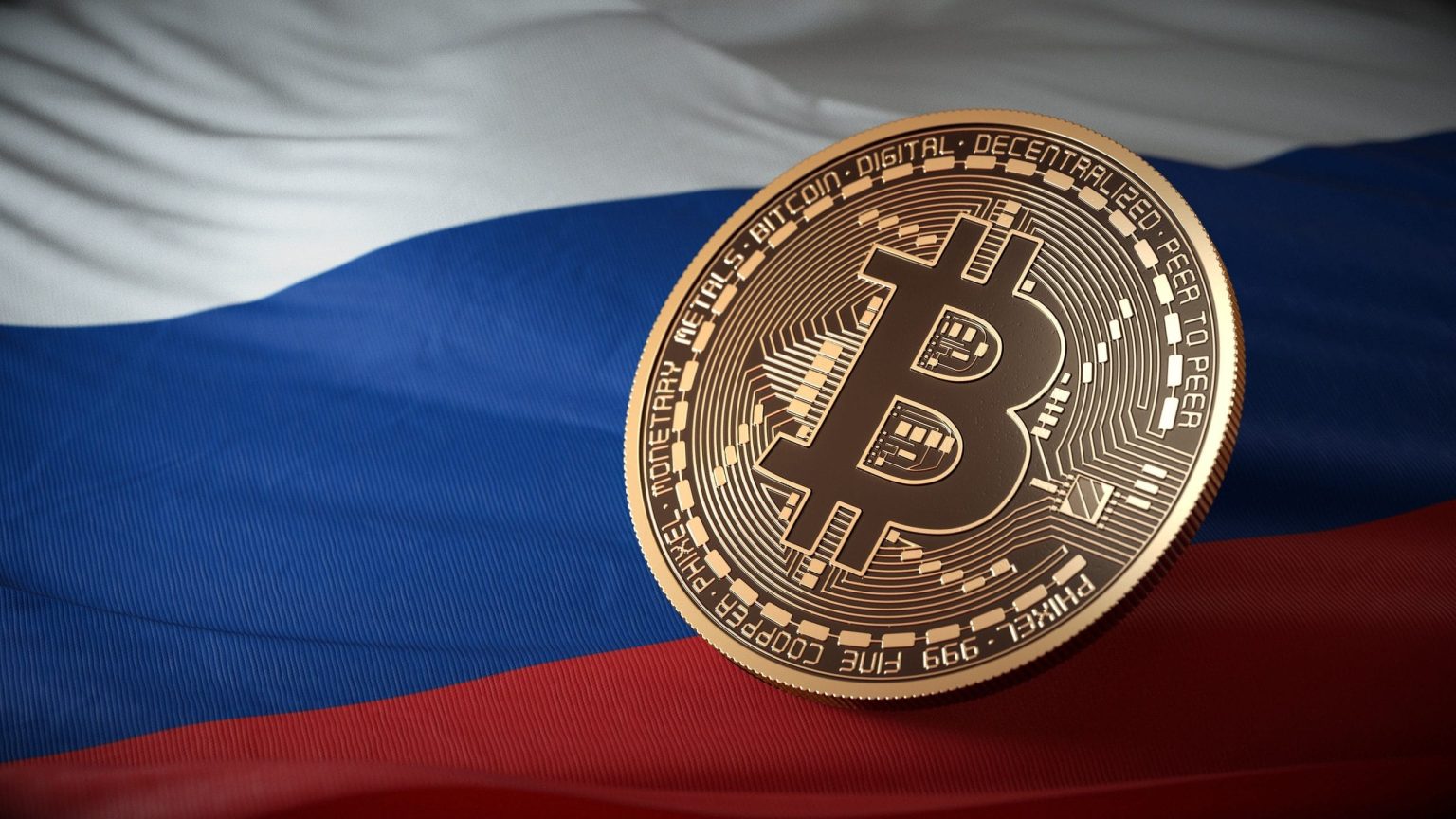Russia has recently made significant moves to embrace and utilize cryptocurrency, with new legislation allowing for cryptocurrency mining and the use of digital currencies for international transactions. The initiative is being led by Russia’s Central Bank (CBR) and includes plans for trial cross-border crypto transactions starting in September. This new development signifies a shift in Russia’s strategy to circumvent Western sanctions by developing alternative payment mechanisms and reducing dependence on the U.S. dollar. The country is also in the process of testing its digital currency, the digital ruble, set to launch in 2025.
Chainalysis, a blockchain analytics firm, highlights that Russia-based cryptocurrency exchanges such as Garantex and Exved could potentially be used for processing international payments. These exchanges have been associated with sanctions evasion tactics in the past. Additionally, non-KYC platforms like Bitzlato, Suex, and Tetchange, which operate in Moscow, are mentioned as integral parts of Russia’s crypto ecosystem. While these platforms don’t require identification, the transparency of blockchain technology still allows for potential tracking by authorities, providing insights into Russia’s strategies.
In addition to domestic efforts, Russia is also working with other countries, particularly within the BRICS community (Brazil, Russia, India, China, South Africa) to explore the use of blockchain technology for international payments. The goal is to move away from the traditional U.S. dollar-based financial system. Russia has also developed its Financial Messaging System of the Central Bank (SPFS) as an alternative to the SWIFT financial messaging system. However, SPFS has seen limited international adoption despite efforts to promote it.
It is worth noting that as recent as 2022, the Central Bank of Russia was advocating for a total ban on cryptocurrencies. Although domestic crypto payments are still prohibited, the country is now embracing digital currencies for international trade. The recent legislation allowing for cryptocurrency mining and cross-border crypto payments marks a significant shift in Russia’s approach to digital assets, positioning the country to potentially mitigate the impact of Western sanctions through alternative financial mechanisms.
In a key update, Iran and Russia have connected their national financial messaging systems, with 52 Iranian banks and 106 Russian banks now linked through the Russian equivalent of SWIFT, the System for Transfer of Financial Messages (SPFS). This collaboration between Iran and Russia further underscores the efforts to bypass the traditional financial systems dominated by the U.S. dollar. Despite challenges and limited international adoption of SPFS, Russia’s continued initiatives and partnerships in the realm of cryptocurrencies and blockchain technology indicate a strategic push towards establishing alternative channels for international transactions.










